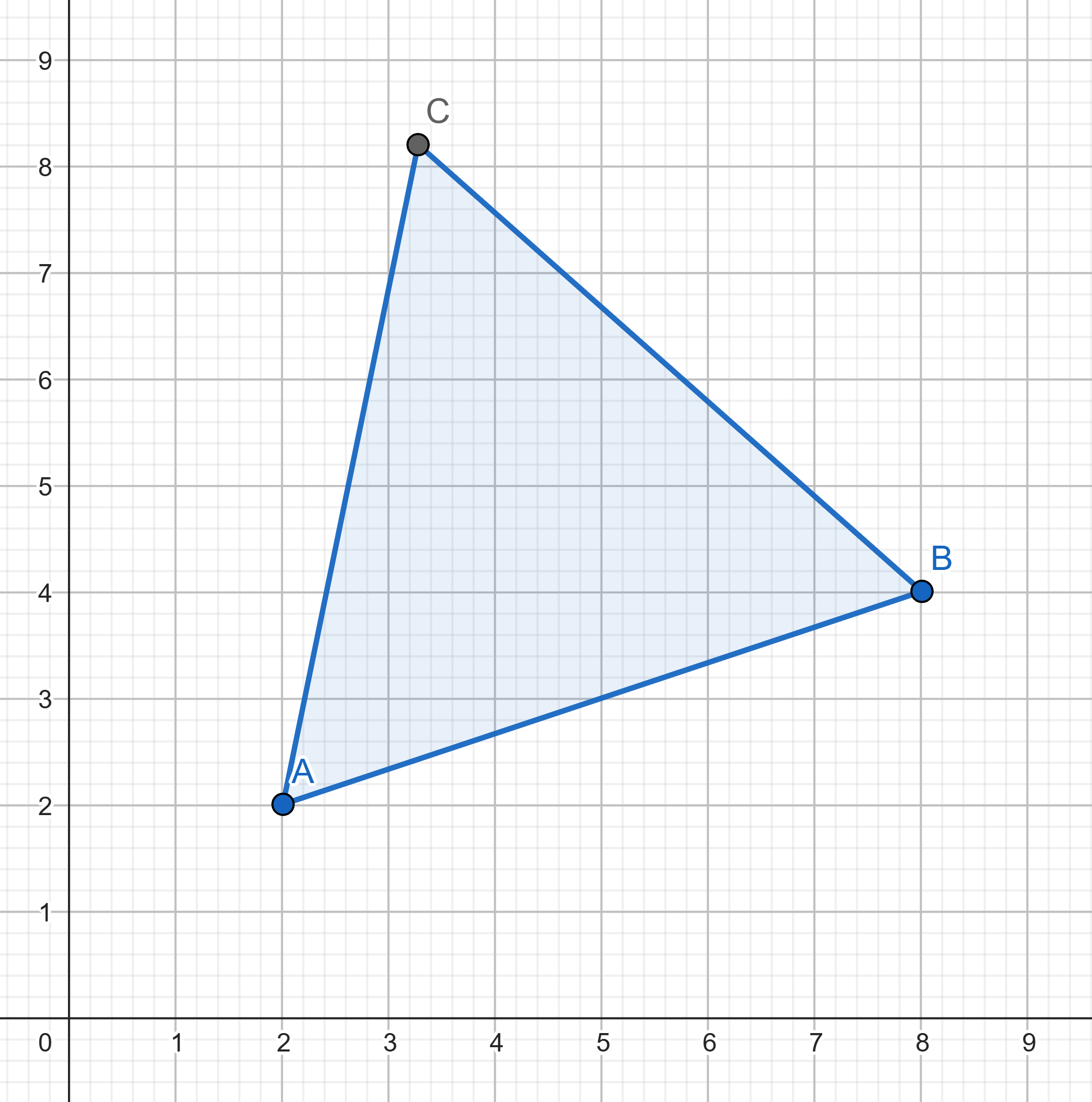Problems
Definition: We call a number \(x\) rational if there exist two
integers \(p\) and \(q\) such that \(x=\frac{p}{q}\). We assume that \(p\) and \(q\) are coprime.
Prove that \(\sqrt{2}\) is not
rational.
Let \(n\) be an integer such that \(n^2\) is divisible by \(2\). Prove that \(n\) is divisible by \(2\).
Let \(n\) be an integer. Prove that if \(n^3\) is divisible by \(3\), then \(n\) is divisible by \(3\).
The numbers \(x\) and \(y\) satisfy \(x+3 = y+5\). Prove that \(x>y\).
The numbers \(x\) and \(y\) satisfy \(x+7 \geq y+8\). Prove that \(x>y\).
Can three points with integer coordinates be the vertices of an
equilateral triangle?

Prove that there are infinitely many natural numbers \(\{1,2,3,4,...\}\).
Prove that there are infinitely many prime numbers \(\{2,3,5,7,11,13...\}\).
Is it possible to colour the cells of a \(3\times 3\) board red and yellow such that there are the same number of red cells and yellow cells?
Prove the divisibility rule for \(25\): a number is divisible by \(25\) if and only if the number made by the
last two digits of the original number is divisible by \(25\);
Can you come up with a divisibility rule for \(125\)?